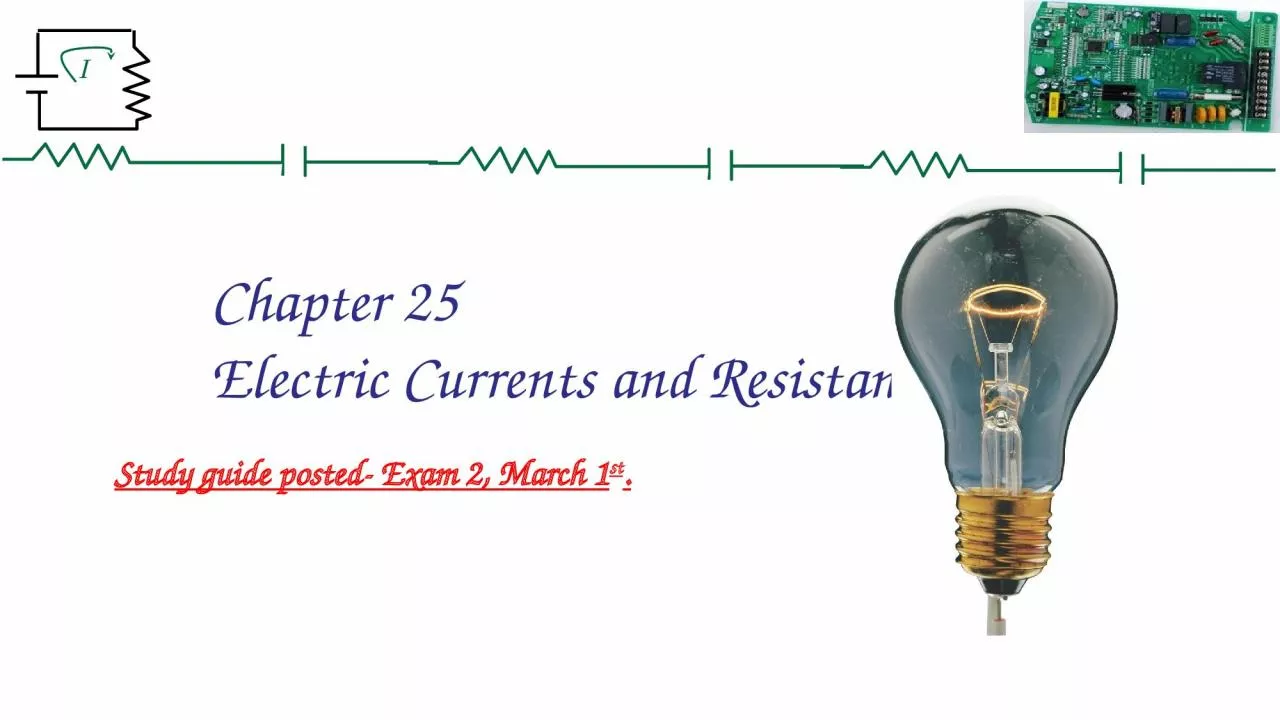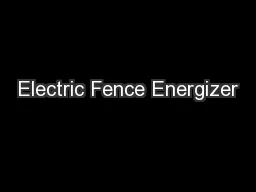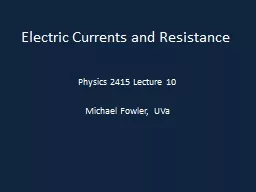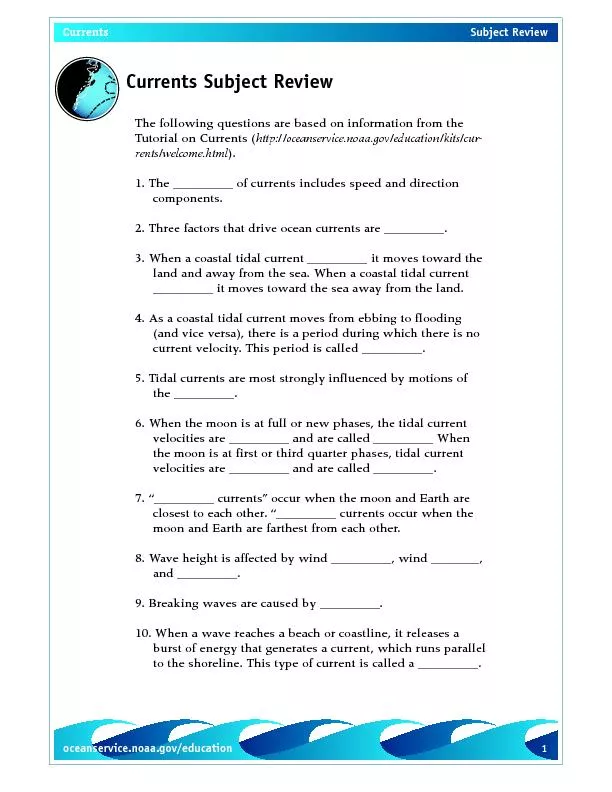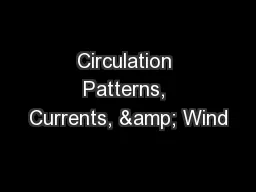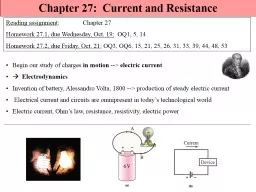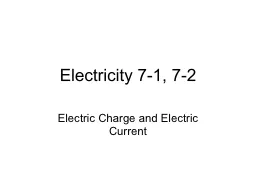PPT-Chapter 25 Electric Currents and Resistance
Author : elena | Published Date : 2023-10-04
No Class on Wednesday March 8 Labs taught by Dr Mahes on Monday and Tuesday No quiz on Friday March 10 Exam 2 on Friday March 24 study guide posted online Current
Presentation Embed Code
Download Presentation
Download Presentation The PPT/PDF document "Chapter 25 Electric Currents and Resista..." is the property of its rightful owner. Permission is granted to download and print the materials on this website for personal, non-commercial use only, and to display it on your personal computer provided you do not modify the materials and that you retain all copyright notices contained in the materials. By downloading content from our website, you accept the terms of this agreement.
Chapter 25 Electric Currents and Resistance: Transcript
Download Rules Of Document
"Chapter 25 Electric Currents and Resistance"The content belongs to its owner. You may download and print it for personal use, without modification, and keep all copyright notices. By downloading, you agree to these terms.
Related Documents

